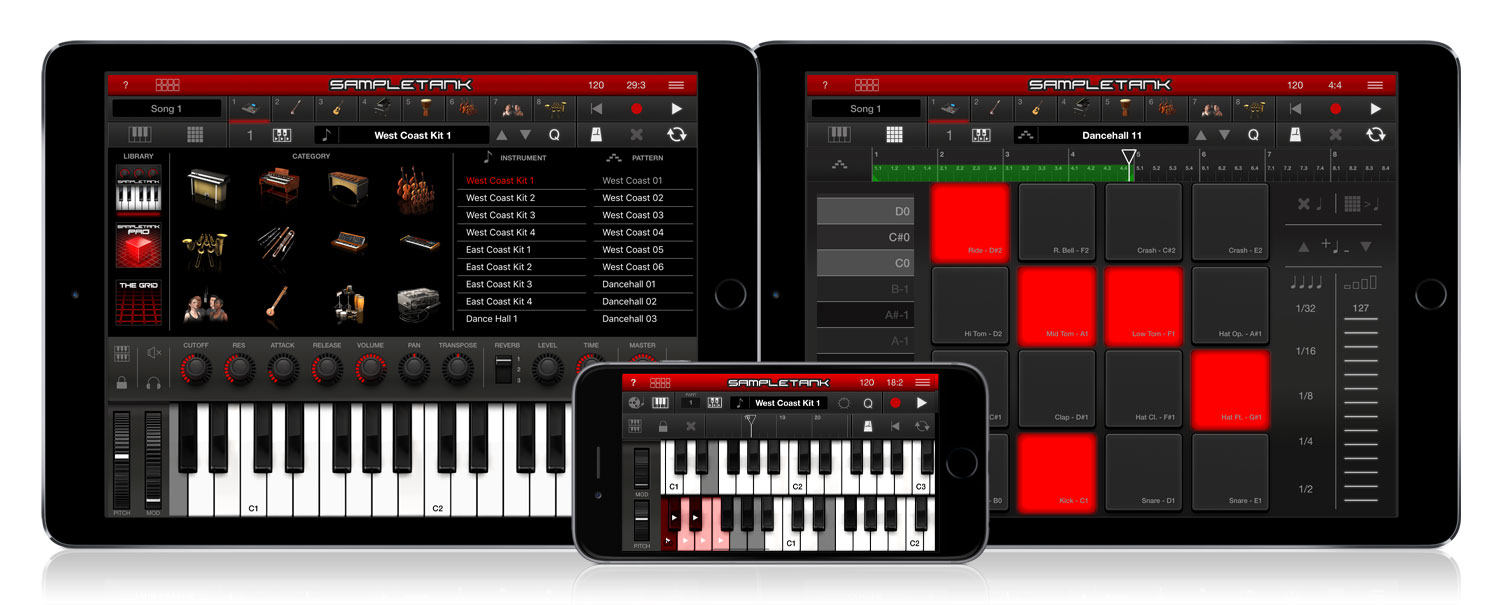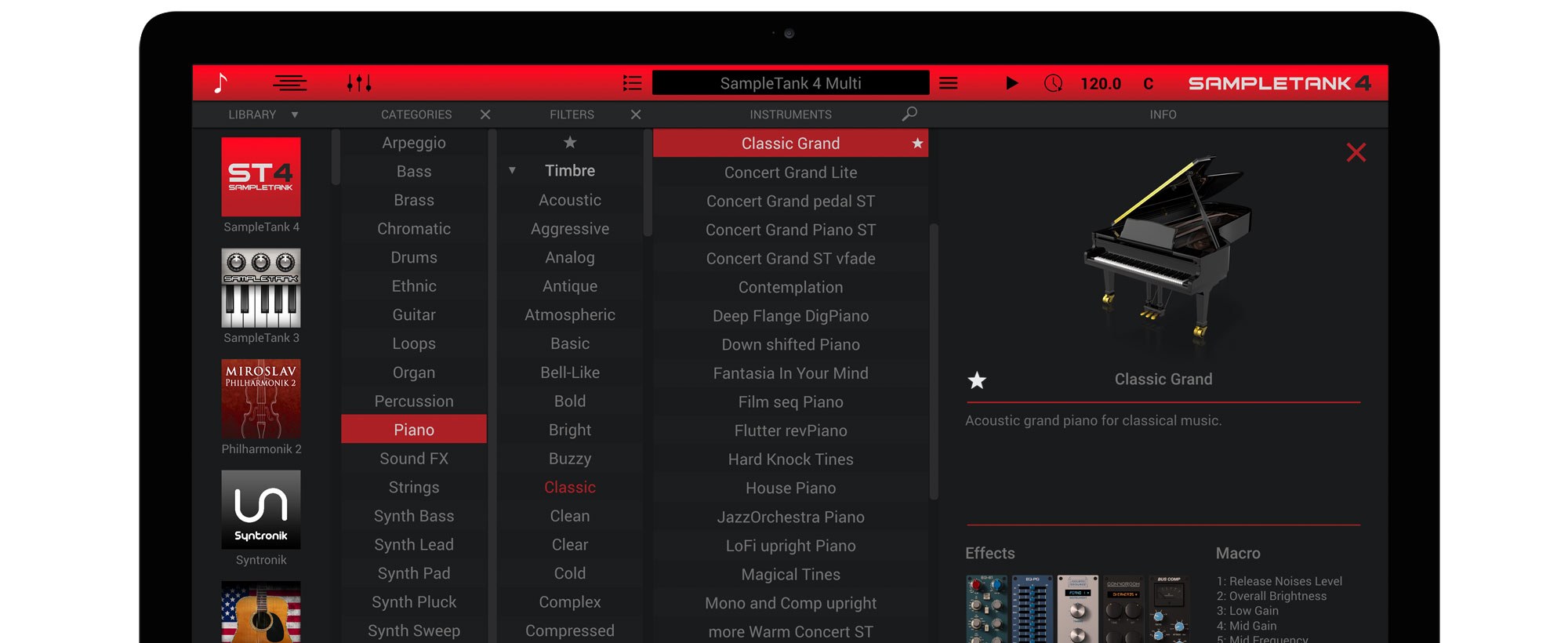

Tracks can also be named, which many composers use to describe the musical role of each particular track. The order of these tracks in the file does not necessarily correspond to the MIDI channels of the data they contain (so, track 1 might have notes meant for MIDI channel 10). Type 1 files can include multiple "tracks" which are most commonly used to contain separate musical parts meant for different MIDI channels.These are the most common kind of MIDI file, and the most widely supported. If the file contains a multitimbral song with parts intended for multiple MIDI channels, all of this data is jumbled together in the same data segment, and it's up to the sequencer or instrument loading the file to route events to the right channels during playback. Type 0 files contain a single data segment that includes the entire contents of the file.

There are different kinds of Standard MIDI files: One slightly confusing thing about Standard MIDI Files is that despite the SMF acronym, the files usually have a. Basically, whatever can travel down a MIDI cable can be stored in a Standard MIDI file, including not just note and program change data, but even proprietary SysEx data (like patch banks and firmware updates).


MIDI is the Musical Instrument Digital Interface standard that defines a way for instruments by different manufacturers to communicate with one another, and with computers.WHAT ARE GENERAL MIDI FILES, EXACTLY?Here are some important definitions: But before we get started, let's settle on some terminology. This multi-part series describes how Live handles MIDI files and covers some applications and instruments that will help you make the thousands of free General MIDI files available on the Internet work inside Live.


 0 kommentar(er)
0 kommentar(er)
